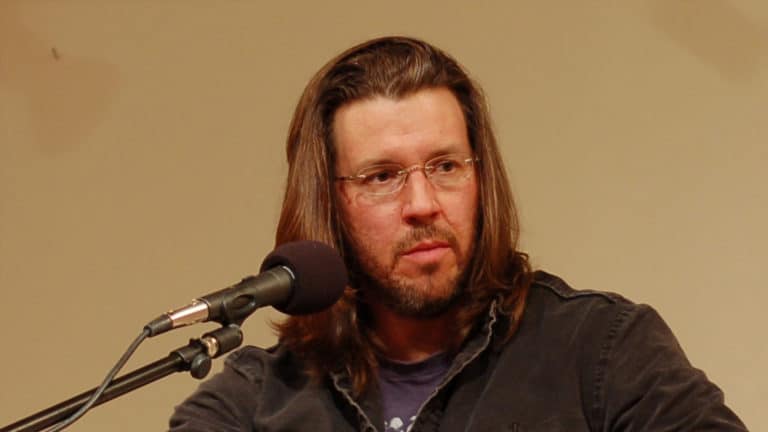I.
At a certain point in their careers, most fiction writers, in their critiques of dialogue, cease to complain, “But no one would reallysay that!” Perhaps their credulity has finally been stretched by the weird mechanics of real world relationships. Perhaps they’ve reached the reasonable conclusion that they’ll never know everyone. Even more likely is that they’ve learned how to register this idea with a more workshop-acceptable adjective: wooden.
“You have a technique for discovering more about what is real,” Martin Lynch-Gibbon says in Iris Murdoch’s A Severed Head.
“So have you,” Alexander tells him. “It is called morality.” A partially-formed human head, handmade halfway, sits on a nearby table, reminding Martin of making monsters.
II.
The word “wooden” itself suggests something of the uncanny, E.T.A. Hoffman’s Olimpia with her unchangingly freaky automaton gaze. Wooden dialogue turns its doll eyes out from the page, squeaking, “Mama!” as though desperation alone will yield the blood-flush of humanity. In her body of creaking knees and plastic seams, the baby doll is forever one baby age, an identity fixed as a dead person’s.
For A to refer to B by first name in conversation with C is to acknowledge a history. For A to refer to B as Mr. B in conversation with C is also to acknowledge a history. Don’t even get started with “that woman.” This woman’s forgiveness is provisional. The voices that live always are.
We speak the feeling one way. Emotions remit, unhinge again, catch up with our language. Anger flies by our words. With officiated diction, we believe we reign our subjectivity into fairness. Her response drops like a stone. Shock retards verbiage until the righteous flood known as monologue, the plea that sounds like a boast. She asks a question to show the answer is apparent. We think we say what we mean until we’re reminded of what we didn’t by her retort.
“You’re not the man I married,” the wife tells the husband before she ceases to be his wife.
III.
Dia-: through, across. –Logue: people, discourse.
“I’m through with this,” I say, when I’m still talking.
Still talking: that’s the through line to every dialogue.
Meanwhile, always, the rhythms volley.
But who will call for the end of play? In this game, announcer is player.
“Mommy and Daddy are just talking with each other,” we tell the concerned child. Still, isn’t father’s voice across from mother’s?
Ma-Ma: that spondee, that doll’s word. There’s a mechanical plunk to wooden dialogue, regulated stresses on and on oblivious to breath. The talk needn’t be real to live, but it does need to breath.
To speak is to permute binary code: inhalations and exhalations passing through the mouth’s stencils.
IV.
Do you inspire or expire before you say what you’ve been burning to say?
I’m thinking of Charlie Smith’s Three Delays, the part where Billy Brent says, “I have a troubled spirit,” to which Alice Stephens says, “You do not.” But of course that’s not the end of it; troubled spirits always want to talk.
“You are actually a puerile liar who’s been reduced by unfettered drug use to an infantile state. That’s not the same as being poor in spirit,” Alice tells him eventually.
Poor in spirit: the Blessed of Matthew, the cursed of love, and trochaic as puerile liar. A trochee is a passionate foot. It blows its load, needs a breather:
Nonsense,
V.
You might say, if you were a troubled spirit. You’d believe discourse can untrouble. “One last point,” you’d say, every time you begin again.
To remark wooden dialogue tends to last a word or so too long— the over-explanation, the sagging load of local color— is to suggest what we already know: life is denatured by the excess of it, and so it sometimes is too with vital disquisition. The book is bound.
No one has ever ended a conversation by saying, “Shut up.” The speakers speak as long as there is something left to be understood. But no. The speakers speak as long as they believe there is something left to be understood that will be. But no. The speakers speak as long as they believe there is something left to be understood that will be misunderstood unless. She who shuts up is the one who closes the scene.





















